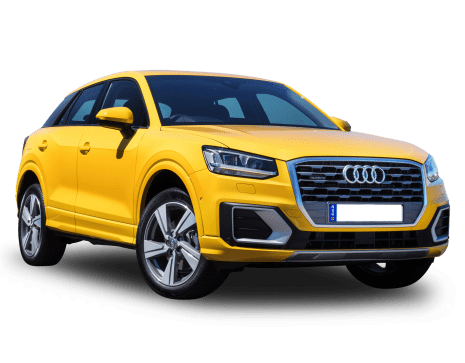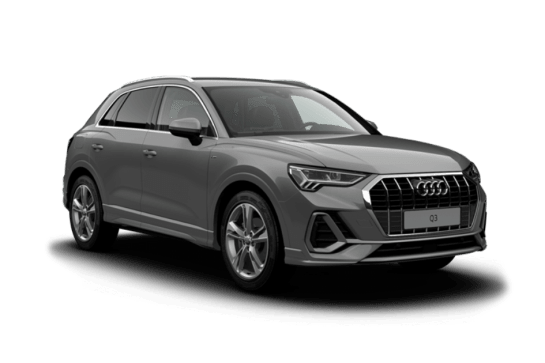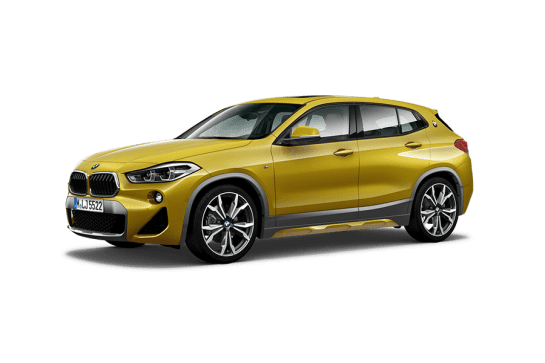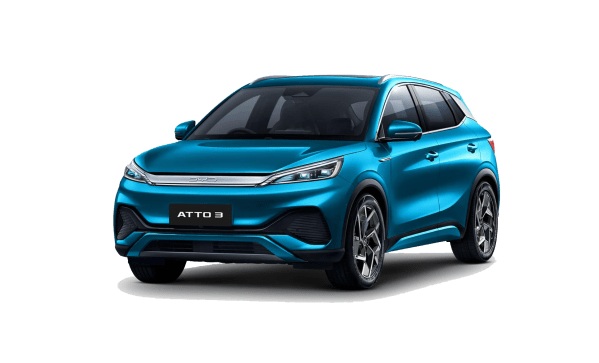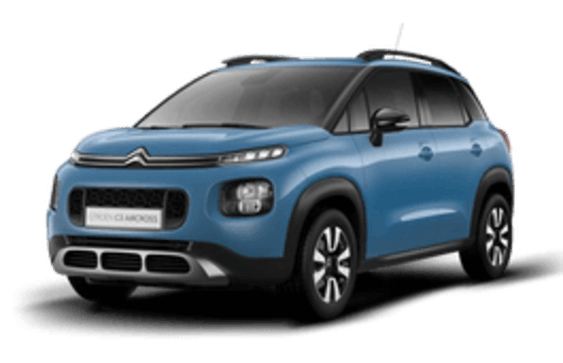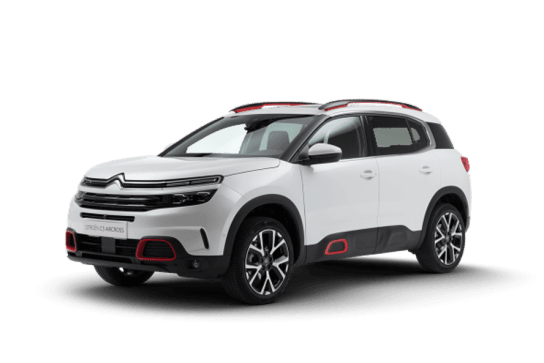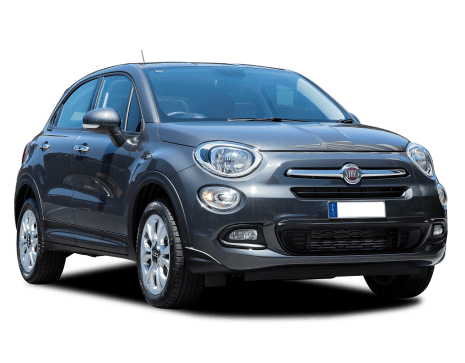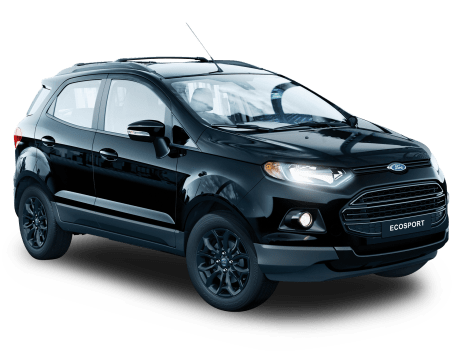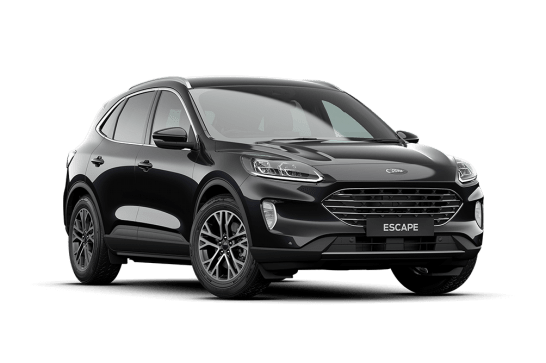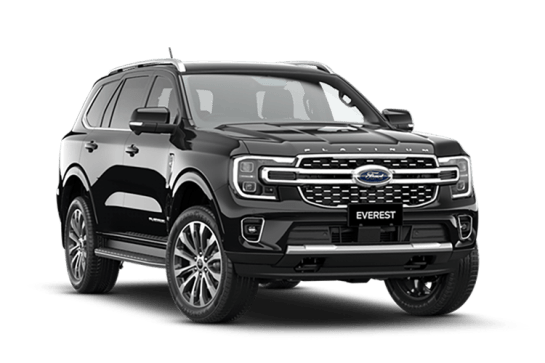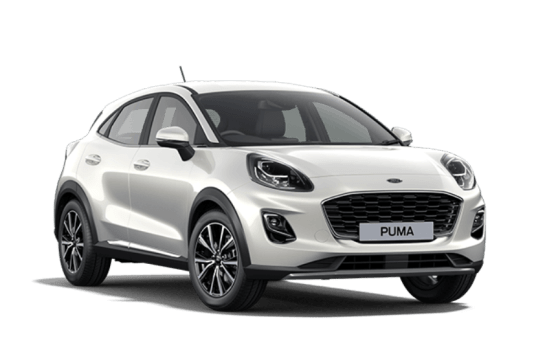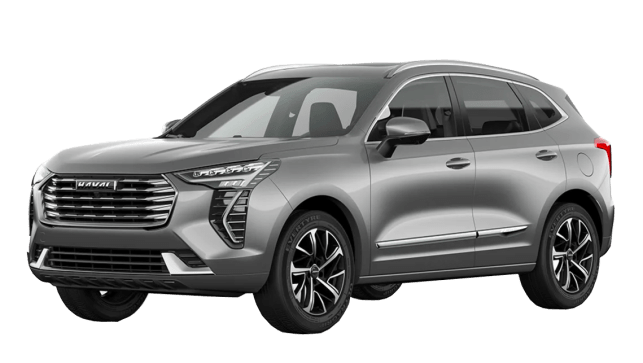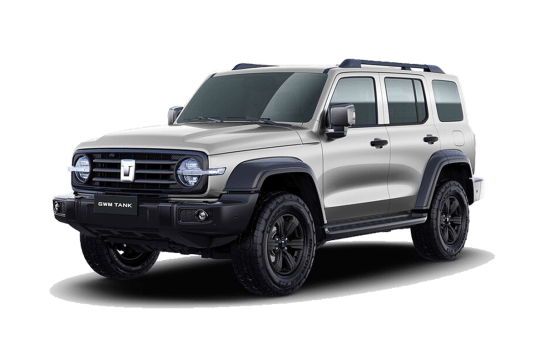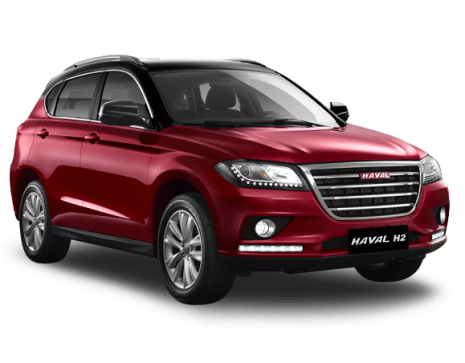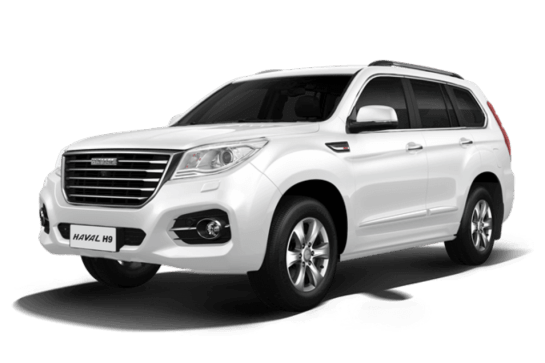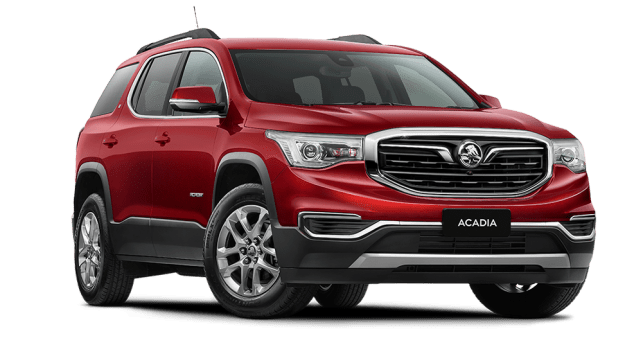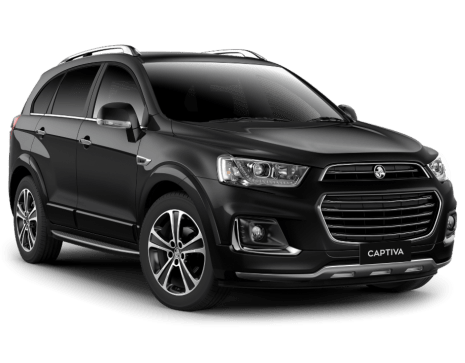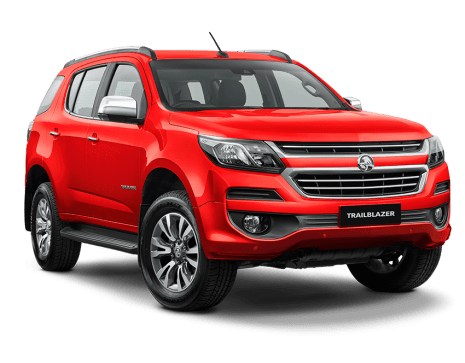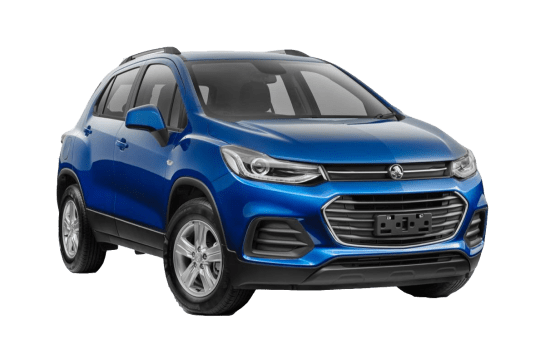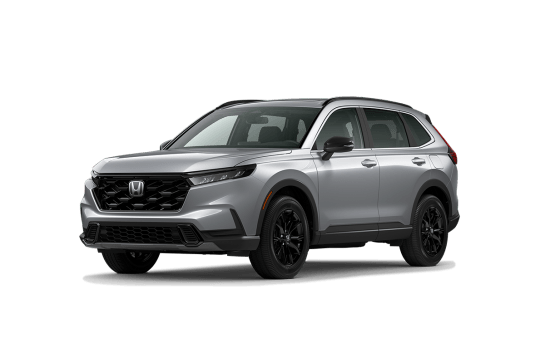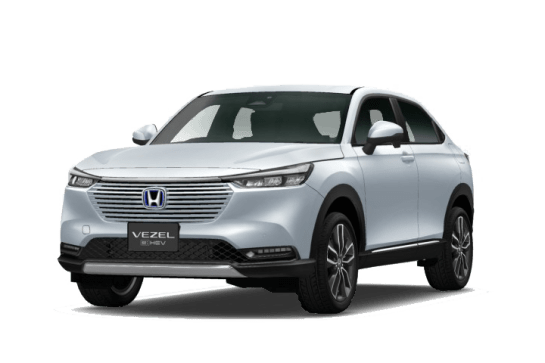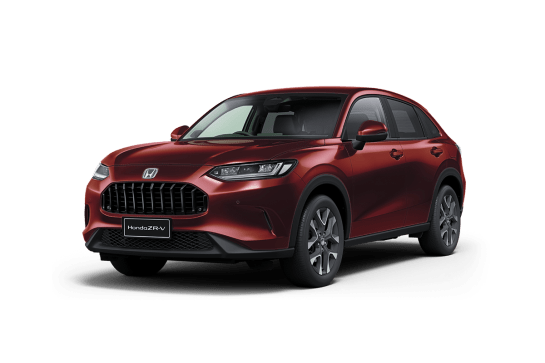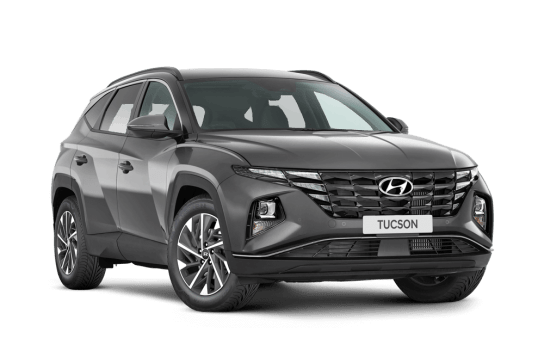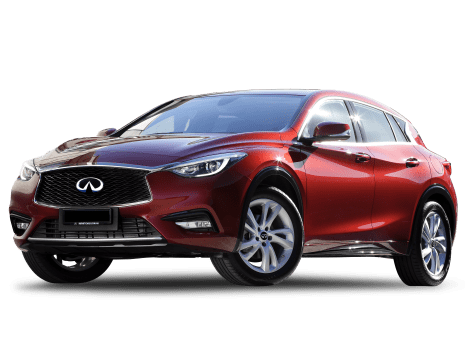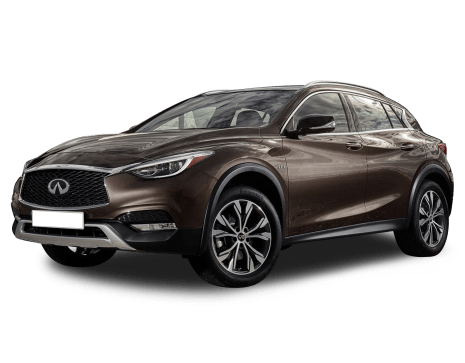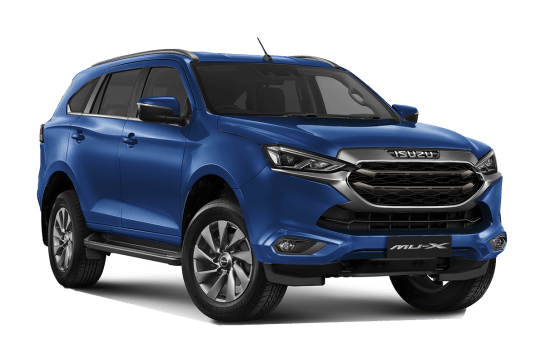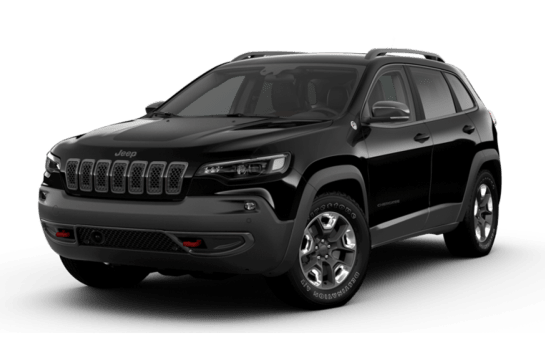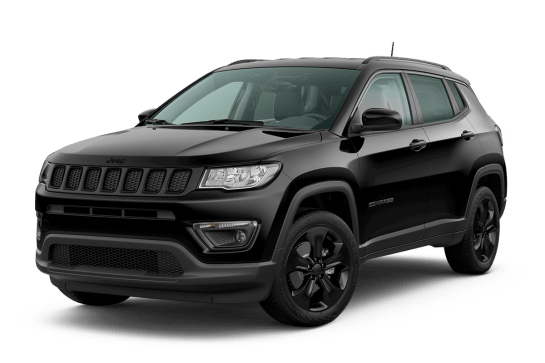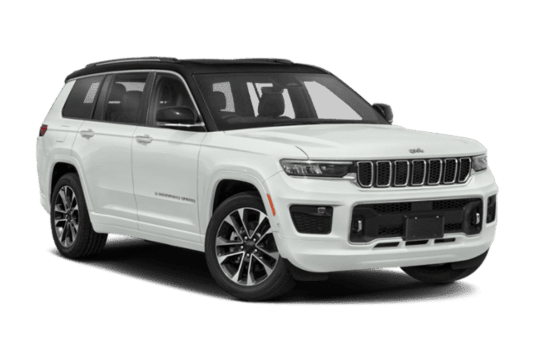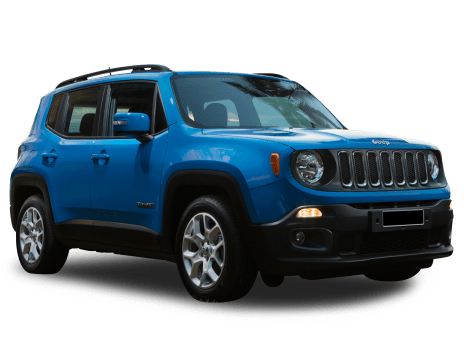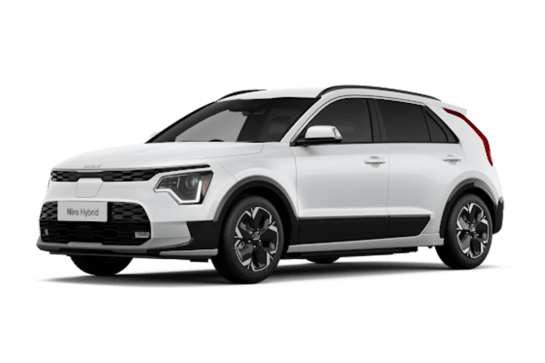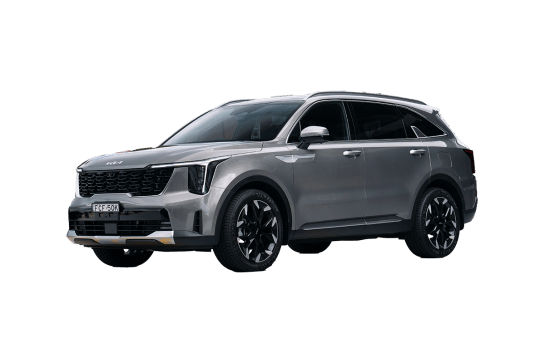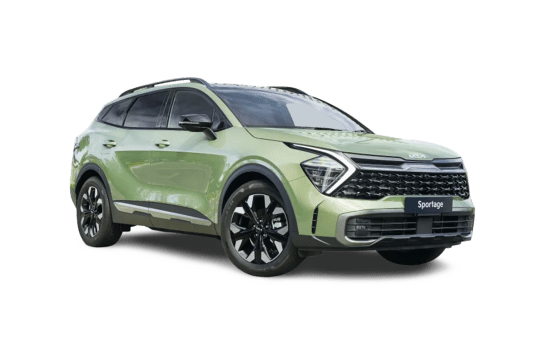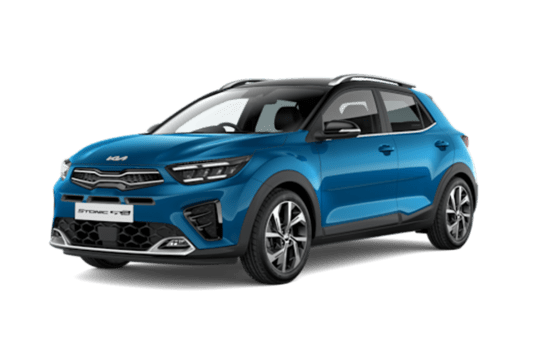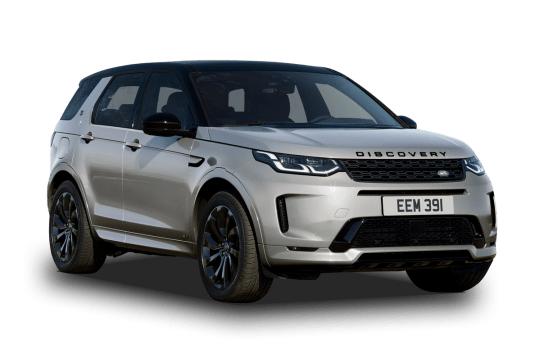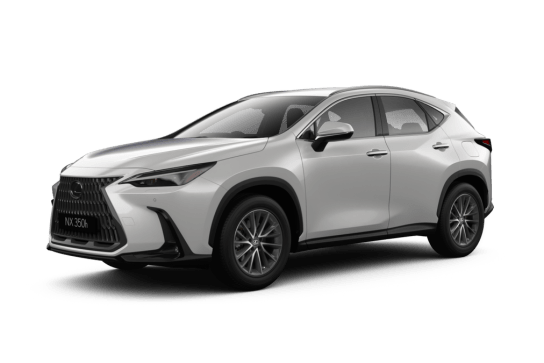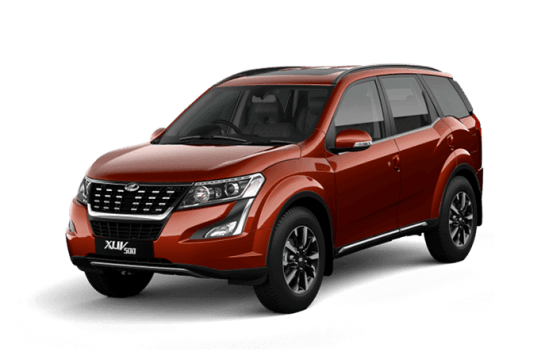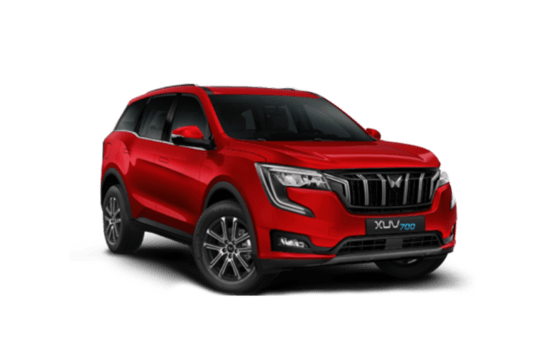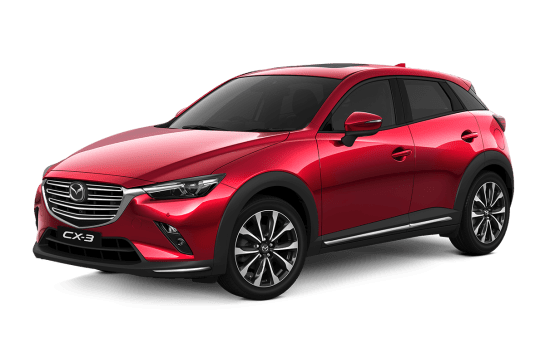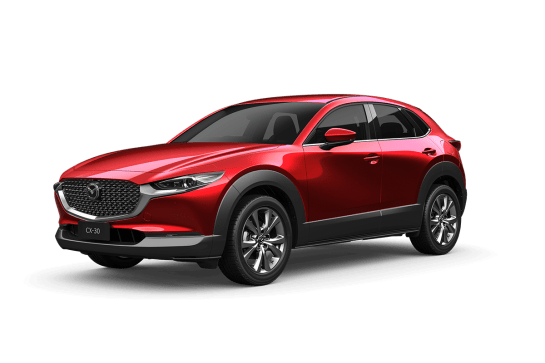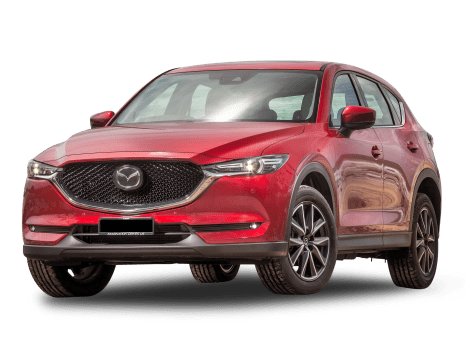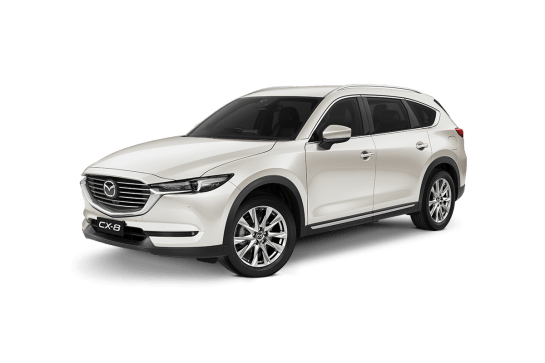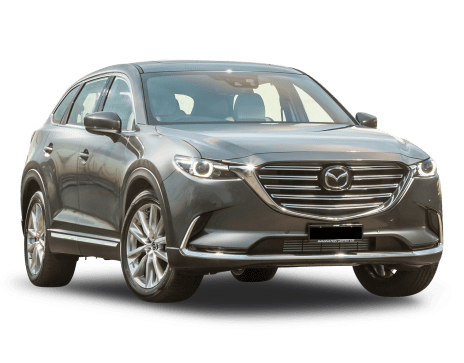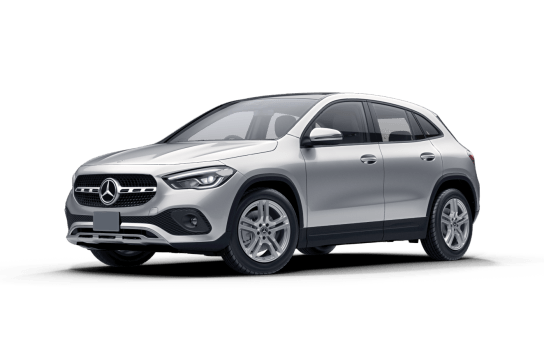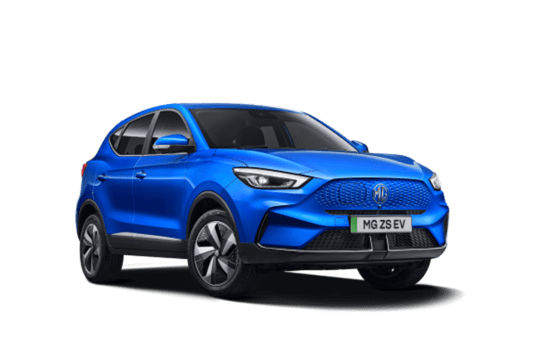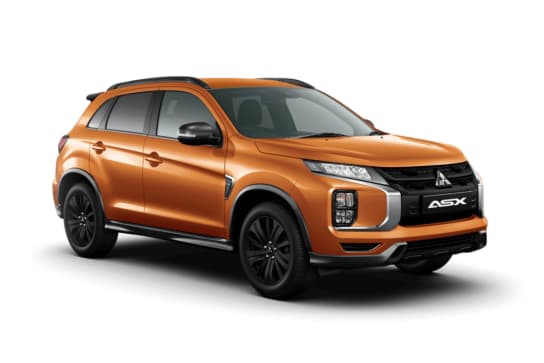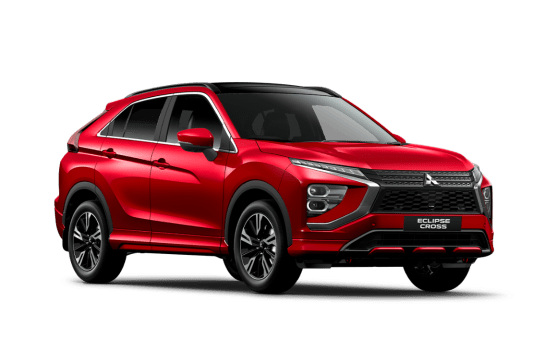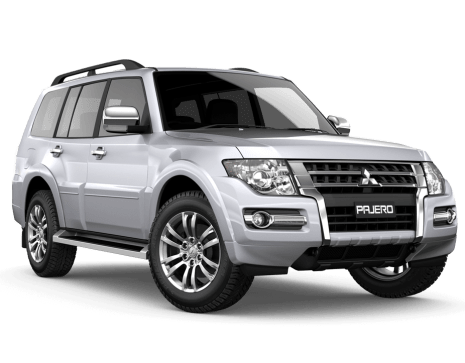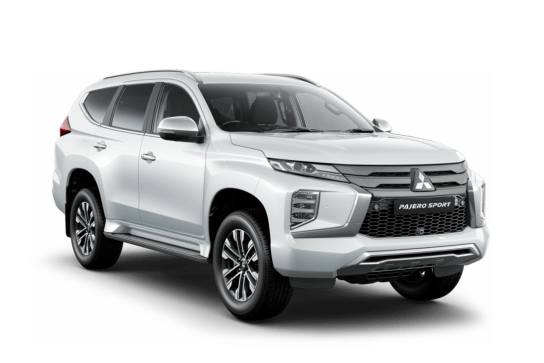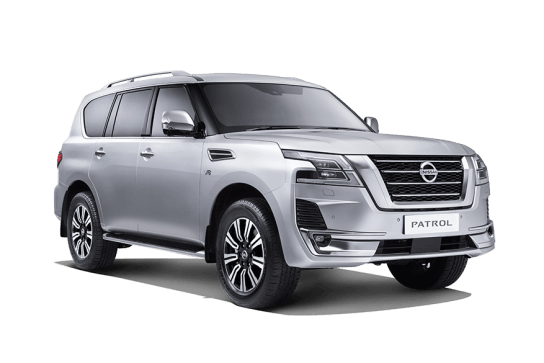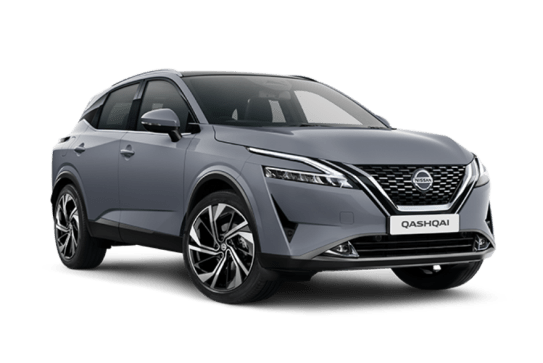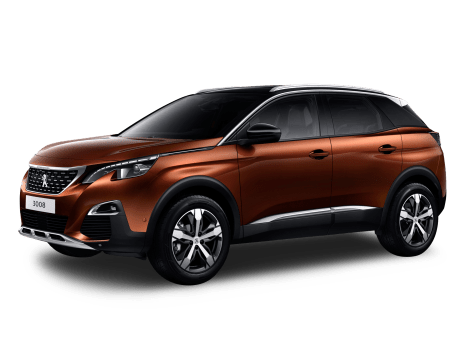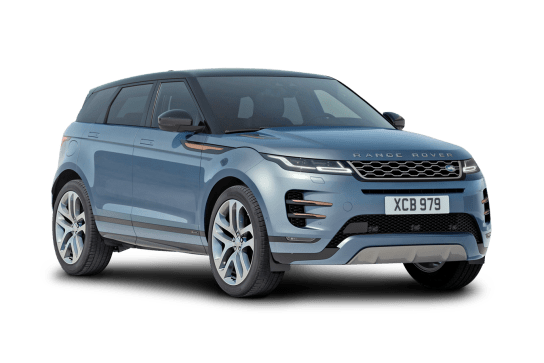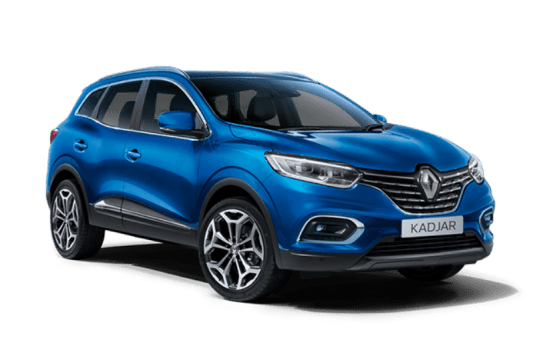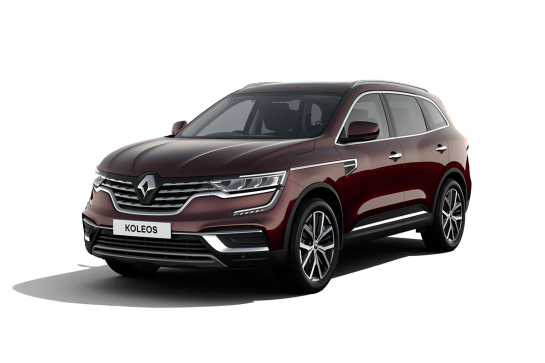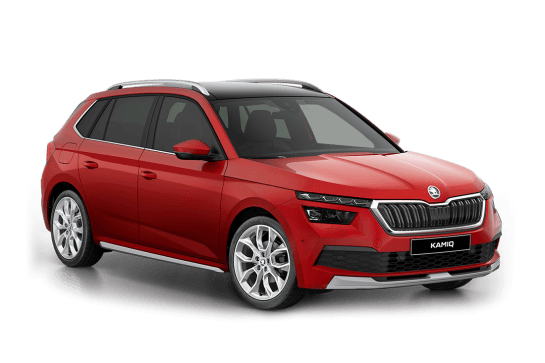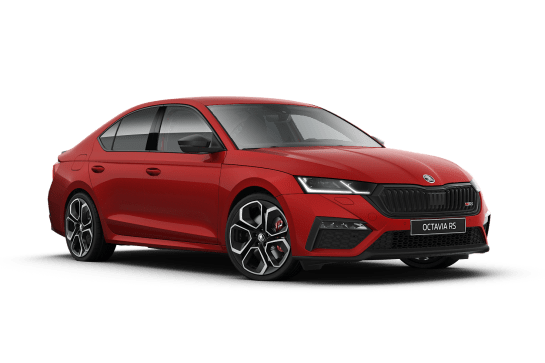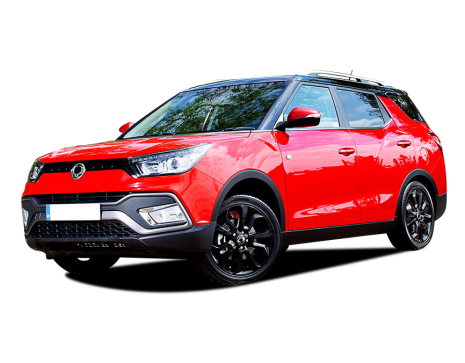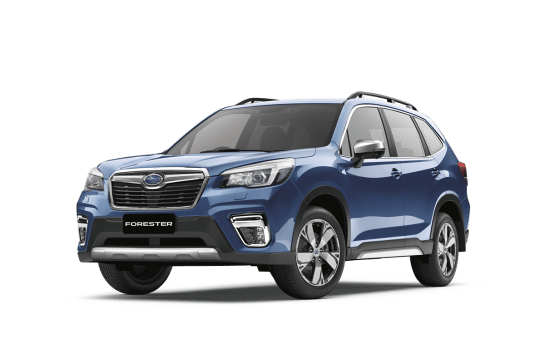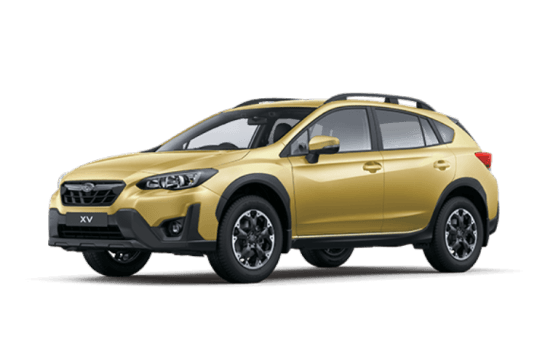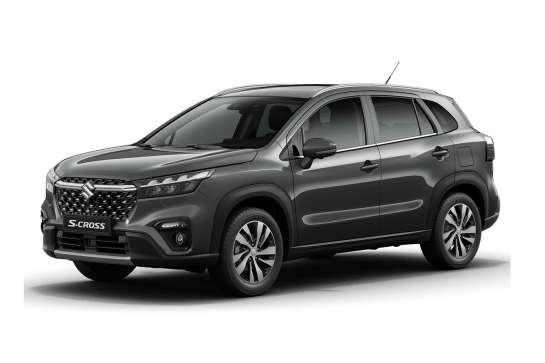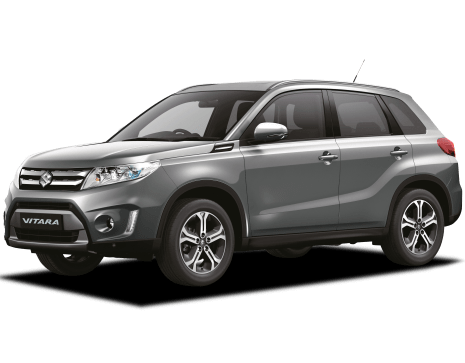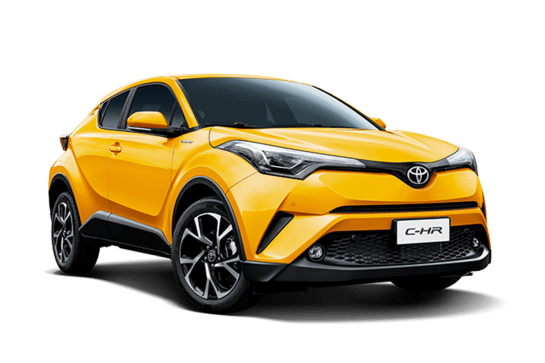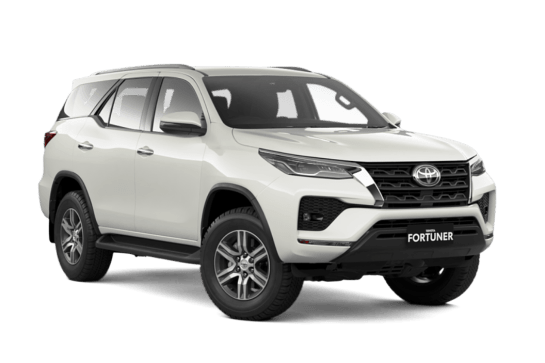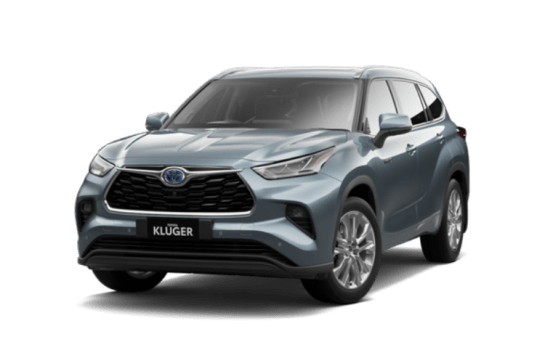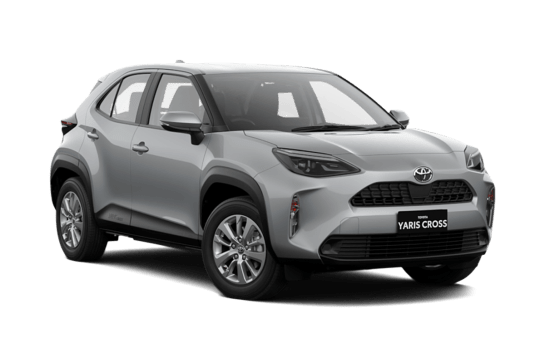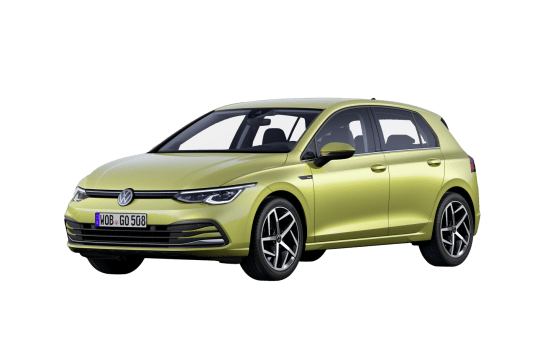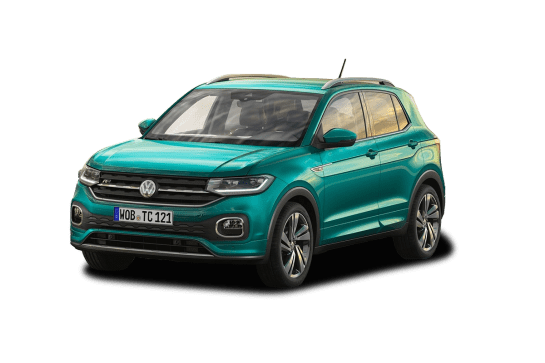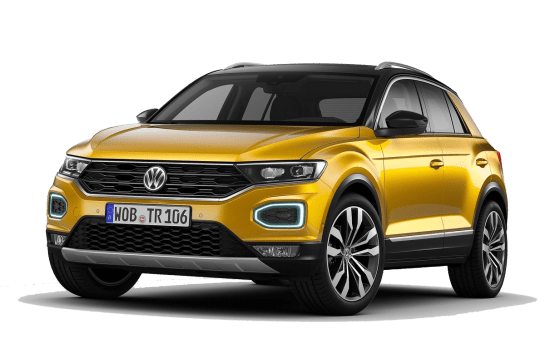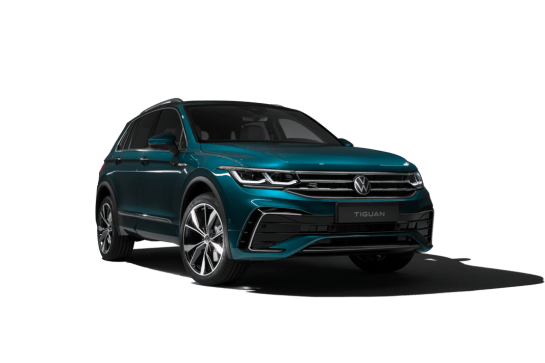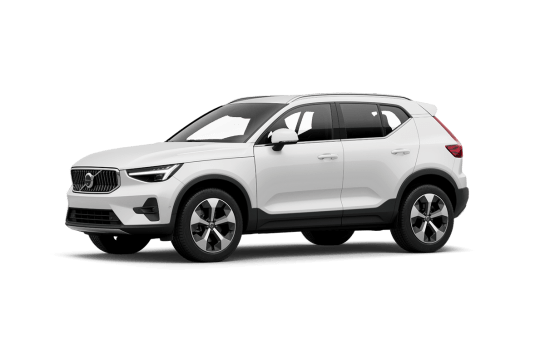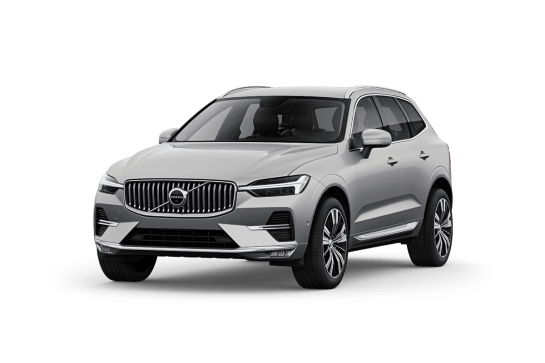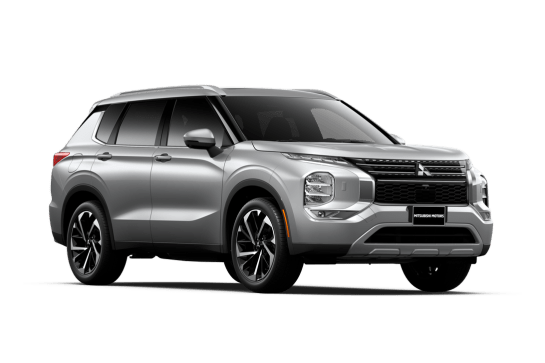
Mitsubishi Outlander VS Haval H6
Mitsubishi Outlander
Likes
- Nice to drive
- Well-appointed cabin
- Refined hybrid system
Dislikes
- No spare tyre
- Squeeze third row
- Multimedia touchscreen should be bigger
Haval H6
Likes
- Great value
- Looks stunning
- Nice to drive
Dislikes
- No hybrid version
- Thirsty petrol engine
- No diesel version
Summary
Mitsubishi Outlander
At this point in history, hybrid vehicles are your best bet if you want to feel good about trying to save the world while actually enjoying daily driving duties and avoiding any (real or imagined) driving-range anxiety you may experience in a full EV.
A hybrid vehicle – i.e. one with a traditional fuel source (petrol or diesel) and electric power – is a cheaper alternative to a full-blown EV and yields better fuel economy and less environmental impact than a standard ICE vehicle (powered only by petrol or diesel).
And the Plug-in Hybrid EV (PHEV) version of the Outlander offers welcome fuel cost-savings over ICE vehicles and, in top-spec GSR guise, it has a premium look and feel and, on paper, packs plenty of standard features into a sub-$80,000 package.
Read more about
- Mitsubishi's updated family favourite spotted: 2025 Mitsubishi Outlander takes shapes as it prepares to battle the Toyota RAV4 Hybrid, Nissan X-Trail ePower and Kia Sportage
- Next-gen Mitsubishi Pajero takes shape in fresh renders: Details from Japan shed light on rugged new Toyota LandCruiser and Nissan Patrol rival apparently in development: Reports
- More electric range for Mitsubishi Outlander plug-in hybrid: updated family SUV and rival to BYD Sealion 6 gets better fuel economy and powertrain upgrades for 2025, but when will it come to Australia?
But how does this seven-seater SUV hybrid handle daily-driving duties?
Read on.
| Safety rating | |
|---|---|
| Engine Type | 2.4L |
| Fuel Type | — |
| Fuel Efficiency | 1.5L/100km |
| Seating | 7 seats |
Haval H6
There are good surprises and bad surprises. Like the time I was driving my ute and the steering wheel came off. Bad surprise. Or the time the chicken shop accidentally gave me a large chips when I paid for a medium. Good surprise. The Haval H6 also surprised me. And it was up there with a large chips type of surprise.
See, my expectations of Haval have been of a brand which is really big in China where its owned by Great Wall Motors, but can’t keep up with the likes of Toyota and Mazda when it comes to driving and styling. Instead, their strength seemed to be just value-for-money.
Surprise! The new generation H6 isn’t just good value-for-money any more. It’s still really well priced but it has stunning looks, too. But that wasn’t the biggest surprise.
If you are considering a mid-sized SUV such as a Toyota RAV4 or Mazda CX-5, I strongly suggest you widen the net and consider the H6, too. Let me explain.
| Safety rating | |
|---|---|
| Engine Type | 2.0L turbo |
| Fuel Type | Premium Unleaded Petrol |
| Fuel Efficiency | 9.8L/100km |
| Seating | 5 seats |
Verdict
Mitsubishi Outlander7.8/10
The Outlander PHEV in GSR spec is a nifty daily driver, quietly appealing and more than capable of heading off-road as long as you drive it well within its AWD limits.
If you reside in the city or suburbs and your daily driving is not too punishing in terms of distance, then this PHEV makes a lot of sense. A hybrid vehicle is a happy-compromise move towards an EV future – and the Outlander PHEV is a big step in the right direction.
Haval H67.9/10
The H6 could be the turning point for Haval in Australia. The brand’s first big success that changes the way Aussies view this Chinese carmaker. The H6’s great value and stunning looks will win over many but add an excellent warranty, advanced safety tech, plus the surprisingly good, and you have a package that appears right up there with the likes of the Toyota RAV4 and Mazda CX-5.
The sweet spot of the range would have to be the Lux - the car I tested with its leatherette seats, privacy glass and dual-zone climate control.
Design
Mitsubishi Outlander
In terms of exterior dimensions, this PHEV is 4710mm long (with a 2706mm wheelbase), 1862mm wide and 1745mm high.
The Outlander is an inoffensive-looking AWD wagon with an appearance every bit in line with its GSR spec and price-tag without going over the top.
On the outside, this top-shelf GSR incorporates Mitsubishi’s 'Dynamic Shield' design facade, which was divisive in its early years but has since attracted its fair share of fans.
On the inside, this Outlander has black leather-appointed upholstery with silver stitching, the same treatment applied to the soft-touch armrests, centre console top, sections of the dash and elsewhere.
And the big 20-inch machined alloy wheels top off a classy yet relatively subdued overall look.
In the realm of medium-sized city-going SUVs with weekend road-trip inclinations – think Hyundai Santa Fe, Kia Sorento, Kia Sportage and the Outlander’s hybrid rivals like the Nissan X-Trail e-Power, Toyota RAV4, et al – this Mitsubishi AWD more than holds its own because in terms of design none of them are bound to set hearts a-flutter. But they’re all fine.
Haval H68/10
This new generation H6 is ridiculously good looking. So much so that my Dad thought it was a Porsche when I arrived to pick him up. But in saying that Dad also has a glass coffee table supported by a golden naked lady and thinks I work in a car dealership, despite me explaining that motoring journalism is an actual job.
He’s not wrong, for once. Well, it doesn’t look like a Porsche, but I can see what he means given the way the LED strip across the tailgate lights up and connects with the tail-lights either side.
I don’t know what kind of deal with the devil the H6’s designer made but there isn’t an angle from which this SUV looks nothing short of beautiful. There’s the flashy but not over-the-top grille, the sleek headlights, and the smooth lines in profile which wrap around to the curvaceous back end.
Havals in the past have seemed low quality and unfinished, but this new H6 seems the opposite.
The same goes for the minimalist cabin. Those screens house almost every function except for the climate control and that clears the dashboard of buttons.
This cabin is a premium design with a floating centre console and metallic trim. Stepping up to the Lux from the Premium adds 'leatherette' upholstery, a leather steering wheel and then the Ultra takes the high-end feeling further with a 12.3-inch media display and a panoramic sunroof.
As for the dimensions, the H6 is larger than most mid-sized SUVs but smaller than a large SUV at 4653mm end to end, 1886mm wide and 1724 mm tall.
The six exterior colours are, 'Hamilton White', 'Ayres Grey', 'Burgundy Red', 'Energy Green', 'Sapphire Blue' and 'Golden Black.'
Practicality
Mitsubishi Outlander
This SUV boasts a family-friendly and functional interior with a premium feel, even if it does seem somewhat underdone for the price.
But it has all the right elements of a family tourer, in a cosy cabin in which it’s easy enough for driver and passengers to spend a chunk of time on lengthy road trips without complaint. I know, because we did.
The GSR has comfortable leather seats, a (mostly) user-friendly multimedia system, plenty of charge points (USB-A and USB-C up front and two USBs for second-row passengers), lots of soft-touch surfaces and a reasonable amount of storage space peppered throughout.
Nice touches, such as the heated steering wheel and heated front seats, which also have the massage function, top off what is an impressive interior.
There is wired charging for smartphones with Apple CarPlay or Android Auto, as well as a wireless charging pad. There are also 240V/1500W power outlets.
The 9.0-inch multimedia touchscreen is too small for me (perhaps a case of Old Bloke Eyes?), but it’s better when engaged in Apple CarPlay mode. The 12.3-inch high-resolution digital driver display is simple enough to use, and the 10.8-inch head-up display is a handy feature.
The driver has an eight-way power adjustable seat, so they’re able to dial-in their favourite driving position.
As stated, this Outlander’s seats are comfortable with a reasonable amount of room for everyone, though the third row is a tight fit for anyone other than children.
The second row is a 40/20/40 split configuration, while the third row is 50/50.
In terms of packing space, there is 191 litres in the rear cargo area when all seats are being used, 461 litres when the third row is folded flat, and 1387 litres when the second and third rows are stowed away.
Haval H68/10
The H6 is cavernous for a mid-sized SUV with large and wide seats up front and excellent leg and headroom in the second row. The H6 doesn’t come with a third row which is shame because there’s room for one.
A 600-litre cargo capacity is big for the class and cabin storage is good with two cupholders in the second row, another two up front, a large space under the floating centre console, although the door pockets could be better.
Second rowers will be pleased with directional air vents back there, plus two USB ports. There are another two USB ports either side of the floating centre console, too.
The leatherette upholstery in the Lux I tested was easy to keep clean and would suit families better than the cloth material used in the Premium.
You’re going to notice the high load lip on the boot and for people as tall as me (191cm/6'3") the opened tailgate and your head may meet occasionally. Still the H6 is super practical.
Price and features
Mitsubishi Outlander
The seven-seat 2024 Mitsubishi Outlander PHEV GSR is the top-shelf variant in a five-model PHEV AWD range and has a price-tag of $73,790, excluding on-road costs.
Standard features include a 9.0-inch multimedia touchscreen, a 12.3-inch digital driver display, wireless smartphone charging, a nine-speaker BOSE sound system, multi-zone climate control, a leather-trimmed steering wheel, head-up display, heated massage front seats, two-tone leather-appointed seat trim, a panoramic sunroof, a powered tailgate and 20-inch alloy wheels.
Exterior paint options for the GSR are, 'White Diamond', 'Red Diamond', 'Black Diamond' or 'Graphite Grey'.
Note: The Outlander does not have a spare tyre – not even a space-saver.
The Outlander PHEV has few to no rivals in the mid-size SUV segment, certainly none that can offer anything near Mitsubishi’s (conditional) 10-year/unlimited kilometre warranty.
Haval H68/10
You’re saving a decent amount of moolah choosing a Haval H6 over, say, a Toyota RAV4, Mazda CX-5 or Nissan X-Trail. The H6 entry-grade is called the Premium and lists for $30,990 drive-away, while the mid-range Lux is $33,990 driveaway.
Both come in front wheel drive only. If you’re after all-wheel drive you’ll need to step up to the top-of-the-range Ultra for $36,990 drive-away, or pay $2,000 less and have it in front-wheel drive.
In comparison the RAV4 and CX-5 ranges start more than $3K higher than the entry-grade H6 and don’t get the same level of features. Let me show you what you get for your money.
Coming standard on the Premium are two 10.25-inch displays with Apple CarPlay, six-speaker audio, digital radio, air-conditioning, proximity key with push-button start, a reversing camera, paddle shifters, LED headlights and 18-inch alloy wheels.
Stepping up to the Lux adds dual-zone climate control, privacy glass, power adjustable driver’s seat, the front seats are also heated, leather steering wheel, 360-degree camera and roof rails.
The Ultra brings in a 12.3-inch media screen, power adjustable front passenger seat and both front seats are now heated and ventilated. There's also wireless charging, a head-up display, a heated steering wheel, panoramic sunroof, an electric tailgate, and auto parking.
That’s incredibly good value. Normally things that are cheap (like a Jetstar flight) offer nothing in return (like a Jetstar flight). Yep, nobody is going to accuse you of being ripped off here.
Under the bonnet
Mitsubishi Outlander
The Outlander PHEV has a 2.4-litre four-cylinder petrol engine producing 98kW at 5000rpm and 195Nm at 4300rpm, an electric motor on the front and rear axles, and a lithium-ion battery pack with a total capacity of 20kWh.
Combined output (engine and electric motors) is 185kW and 450Nm and this PHEV’s electric-only driving range is listed as 84km on a full charge.
It has a single-speed transmission and drive modes include 'Eco', 'Normal', 'Power', 'Tarmac', 'Gravel', 'Snow' and 'Mud'.
It has three power-use settings: 'EV Mode' for low to medium speeds urban running, 'Series Hybrid Mode' which allows the petrol engine to step in for urgent acceleration or climbing hills and 'Parallel Hybrid Mode' for highway overtaking where the vehicle runs on engine power with electric assistance.
Haval H68/10
The same four-cylinder turbo-petrol engine is in all three grades. It’s a 2.0-litre and makes 150kW/320Nm.
This engine had no problems pulling the H6 around when I tested it with my little family onboard with good acceleration and smooth shifts from the seven-speed dual-clutch automatic transmission.
When pushed hard the four-cylinder responds well, but it’s on the noisy side.
As mentioned at the start of this review only the top-of-the-range Ultra grade gives you choice of all-wheel drive or front-wheel drive. The Premium and Lux are front-wheel drives only.
The car we tested was the front-wheel drive Lux, but we’ll be able to review the all-wheel drive version when it arrives in our garage soon.
On paper the all-wheel drive Haldex system in the H6 looks promising and in this generation the SUV has a rear differential lock for better off-road capability. That said, the H6 is not an off-roader in the Toyota LandCruiser sense, and you should keep your adventures in it mild rather than wild.
There’s no diesel in the H6 line-up, nor will you find a hybrid variant or and electric version of this SUV at this stage.
Braked towing capacity is 2000kg for all-wheel drive and front-wheel drive H6s.
Efficiency
Mitsubishi Outlander
The Mitsubishi Outlander PHEV GSR has a listed fuel consumption of 1.5L/100km on a combined (urban/extra-urban) cycle but, as with all official fuel figures from any carmaker, you can take it with a hefty grain of salt.
That said, if your daily driving distances are within this PHEV’s electric driving range (84km, as listed) and you’re able to drive in EV mode most of the time, then at the very least you will have chopped your fuel bill.
On this test, dash-indicated fuel consumption was 5.8L/100km; actual fuel consumption, as measured from pump to pump, was 7.7L/100km.
The good news is the Outlander PHEV runs happily on the cheaper 91RON 'standard' fuel.
Our dash-indicated power usage was 20.8kWh/100km. This PHEV gobbled through most of its 20kWh battery capacity quite swiftly on the drive from the vehicle pick-up point in Sydney to our test start-point just over 100km away.
It recouped 10km electric driving range via regenerative braking on a series of long downhills when set to ‘Charge’ driving mode (with the combustion engine generating power to the battery), but I had to cycle through regen modes to optimise that power regain.
The dash-indicated combined driving range (battery and engine) was 748km on a full charge and a full 56-litre tank.
Mitsubishi states that if you’re charging off a standard household power point it will take “approximately” 9.5 hours to fully charge your Outlander – or 6.5 hours if you’re using a home or public charging device.
Things speed up considerably if you use a public rapid recharging station. In that case, Mitsubishi says your Outlander Plug-in Hybrid EV will reach 80 percent battery capacity in 38 minutes.
Haval H67/10
Haval says that after a combination of open and urban roads the 2.0-litre turbo-petrol four-cylinder should use 7.4L/100km in the front-wheel drive cars and 8.3L/100km in the all-wheel drives.
In my testing of the front-wheel drive I measured 9.1L/100km at the fuel pump. That was after an even split of motorway and urban running.
Thirsty work considering most of the time it was just me and an unloaded car. Add a family of four plus holiday gear and you can expect that mileage to be worse.
It’s here that the H6 is showing a weakness in its offering by not having a hybrid powertrain in its Australian range.
Driving
Mitsubishi Outlander
As mentioned earlier, hybrids are your best buy at this moment in time, if you want to help save the world from climate-change disaster, avoid range anxiety, and save some money on fuel bills – all without having to sacrifice safety, comfort or features.
And – bonus – the Outlander is quite nice to drive. Not to mention a pretty handy light-duty off-roader. But more about that later.
It has a kerb weight of 2145kg with light but sharp steering and a tight (11.2m) turning circle so it’s an easy vehicle to manoeuvre around busy city and suburban streets.
The teaming of a 2.4-litre four-cylinder petrol engine and two electric motors works seamlessly well. There's always plenty of power on tap and, no matter how energetic your driving becomes, this Outlander remains smooth and quiet.
Throttle response is sharp and there’s plenty of punch off the mark as well as zippiness around town when you need it.
The PHEV’s EV-only driving range is a listed 84km but our test vehicle chewed through most of its battery power on a 110km highway trip through hilly territory.
Regenerative braking regained very little of that used power and the Outlander switched to rely on petrol for the remaining 30km or so of that trip.
The driver is able to adjust the degree of regenerative braking via paddle shifters on the back of the steering wheel: use the left to add more and the right to ease up.
The drive mode options tweak engine, electric motor, transmission and other factors to suit the selected set-up.
Other than that, ride is quite firm, handling is civilised and, overall, this Outlander is rather pleasant on sealed surfaces.
And, as I alluded to earlier, it’s surprisingly comfortable and capable off-road – as long as you stick within the parameters of the kind of 'off-road' terrain an AWD SUV is built to cope with: well-maintained gravel roads and dirt tracks with minor corrugations in dry conditions… or, at worst, rain-puddled blacktop.
The Outlander has satisfactory off-road measures for a city-focussed vehicle: of 18.3 degrees (approach angle), 22.2 degrees (departure), 18 degrees (ramp breakover) and 203mm of ground clearance (unladen).
It feels nimble in the bush because steering is light and precise, visibility is good all-around, and the vehicle settles well on gravel and dirt tracks at speed, only ever skipping around a bit on rougher sections, due to its firm suspension and road tyres.
You can switch drives modes to either Gravel, Snow or Mud to best suit the terrain on which you’re driving but with the Outlander’s lack of ground clearance, road-biased tyres and 20-inch wheels, this SUV is hamstrung by its city-biased physicality.
But, this is still a handy dirt-road tourer, yielding comfortable and controlled ride and handling, only ever becoming rattled when the road or track surface becomes very chopped up and bumpy.
The Outlander’s 'Super-All Wheel Control' (S-AWC) system deserves a fair amount of credit. This traction control system manages torque application so it is instantaneous, and delivers drive with impressive levels of throttle control and an even-handed management of power.
Worth noting the Outlander did, of course, go through battery capacity at a faster pace off-road than it did when we were on sealed surfaces .
Off-roading, by its very nature, is more difficult and demands more of a vehicle than driving on smooth sealed surfaces does. And, for that reason – and the fact the Outlander is quite low – I’d avoid driving this SUV on terrain more challenging than well-maintained gravel roads and dirt tracks with minor corrugations in dry conditions.
I’ve driven an Outlander PHEV on sand before and it taxes the capacity even faster.
As mentioned earlier, this Outlander does not have a spare tyre. The absence of a spare – even a space-saver – is a disappointment, especially if you’re considering using your PHEV as a touring vehicle. A puncture repair kit is provided.
Payload is listed as 605kg, towing capacity is 750kg for an unbraked trailer and 1600kg braked. GVM is 2750kg and GCM is 4350kg.
Haval H68/10
I’m still in shock. This is the biggest surprise. The H6 I tested was effortless to drive, with a comfortable and composed ride. I was not expecting it, not when most Havals I’ve piloted in the past have disappointed when it comes to the driving bit.
Sure, the engine isn't overly powerful, but it's responsive, and the dual-clutch transmission shifts smoothly whether driving in slow traffic or at 110km/h on the motorway
Sharp speed bumps taken a bit too fast in the front-wheel drive Lux I tested reveal only modest suspension travel, causing a reverberating ‘bang’ as the shocks and springs react. I’ve experienced the same thing in many cars I’ve tested – even properly prestige ones.
This though is one of very few complaints I have about the way the H6 drives, for the most part this SUV performs remarkably well with a (high) level of refinement I seriously wasn’t expecting.
I can’t tell you what the all-wheel drive version of the H6 is like to drive having only tested the front-wheel drive version, but we’ll no doubt have one in the CarsGuide garage soon.
Safety
Mitsubishi Outlander
The Mitsubishi Outlander has the maximum five-star ANCAP safety rating from testing in 2022.
It has eight airbags (driver and passenger front, driver and passenger front side, driver knees, centre and curtain) , as well as a comprehensive suite of driver-assist tech including AEB (with pedestrian/cyclist/junction assist), adaptive cruise control, blind-spot assist, lane departure warning, lane-keep assist, driver attention monitoring, emergency lane-change warning (with auto braking), traffic sign recognition, front and rear parking sensors as well as an around-view monitor.
There are two ISOFIX child seat anchors and three top-tether points across the second row.
Haval H68/10
Is the Haval H6 safe? Well the H6 hasn’t been given an ANCAP rating yet, but this new generation car looks to be equipped well with advanced safety tech across all three grades.
All H6s come with AEB which can detect pedestrians and cyclists, blind spot warning and lane change assistance, traffic sign recognition, lane departure warning, lane keeping assistance, and rear collision warning.
The Lux adds adaptive cruise control, while the Ultra brings rear cross-traffic alert with braking, and an 'Intelligent Dodge' overtaking system.
Along with all that tech there are seven airbags on board, too. And for child seats you’ll find two ISOFIX points and three top tether anchor mounts.
Ownership
Mitsubishi Outlander
The Outlander range is covered by a 10-year/200,000km warranty – as long as servicing is completed on time by an authorised Mitsubishi dealership (otherwise, five years/100,000km) – and 10 years capped price servicing and 12 months roadside assist.
Outlander service intervals are scheduled at 12 months or 15,000km. Service costs can officially range from $349 through to $799 for a 10-year average of $549 per workshop visit.
The battery set-up has an eight-year/160,000km warranty.
Haval H68/10
The H6 is covered by Haval’s seven-year/unlimited kilometre warranty. Servicing is recommended every 12 months or 15,000km, although the first service is required at the 10,000km point, then 25,000km and so on. Servicing is capped at $210 for the first service, $280 for the second, $380 for third, $480 for the fourth and $210 for the fifth.


